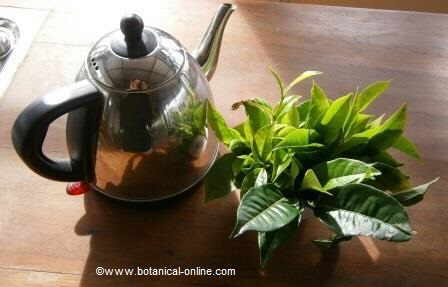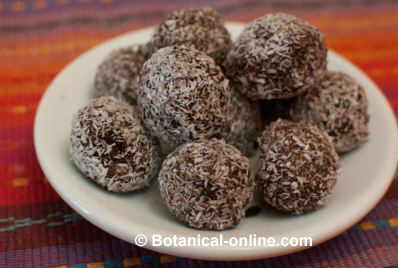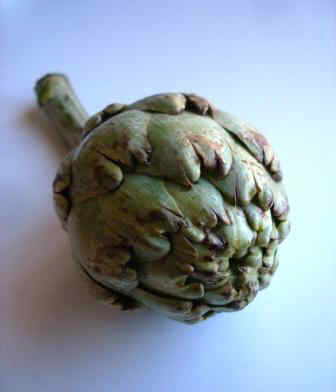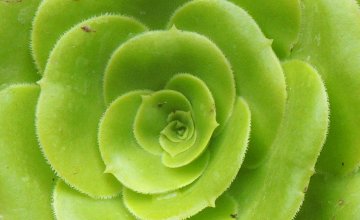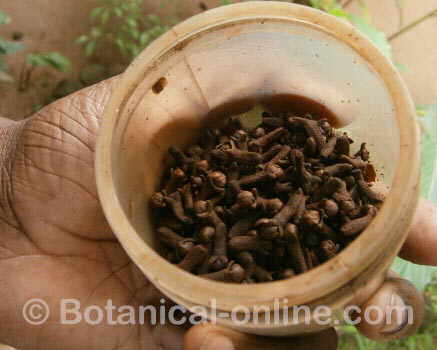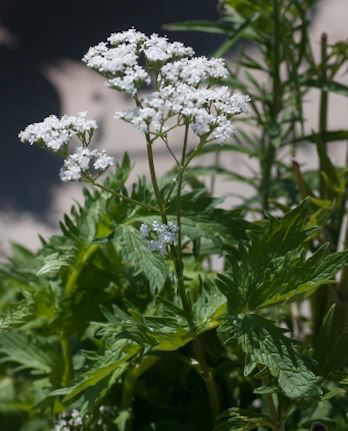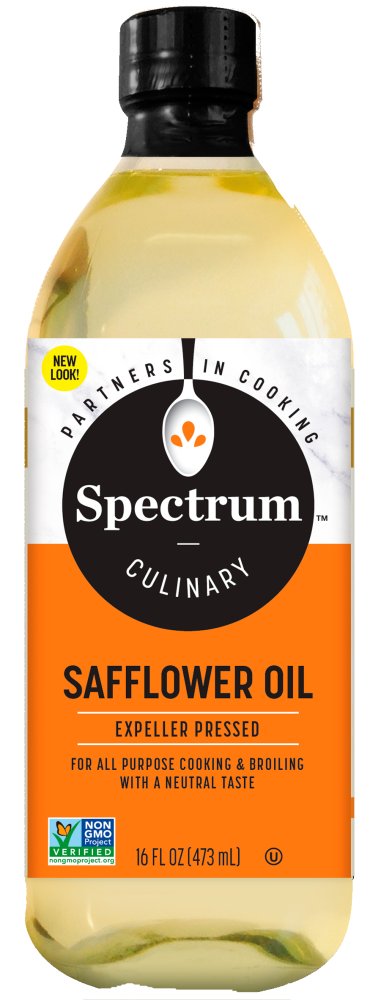Contents
What is a mugwort?
Characteristics of mugwort (Artemisia vulgaris L.)
Common name: wild wormwood, riverside wormwood, felon herb, chrysanthemum weed, old Uncle Henry, sailor’s tobacco, naughty man, old man… Sometimes it’s called St. John’s plant (Not to be confused with St. John’s wort).
Spanish name: Artemisa, altamira, artemisia, artemaga, hierba de San Juan.
Scientific name: Artemisia vulgaris L.
Family: Asteraceae (Asteraceae), formerly called Composite
Mugwort habitat: Where does this plant grow?
It grows in places with some humidity, soils rich in organic matter and well nitrogenous. Occasionally it can form colonies, and it can even become invasive.
We can find it in places near rivers and springs, mixed in brambles, on the edge of roads, margins of orchards and embankments. It can appear sporadically in some gardens. It prefers nitrogenous soils and not very sunny.
Botanical description of mugwort
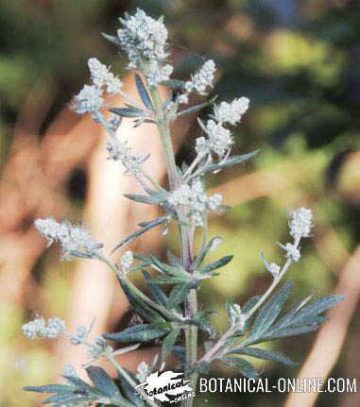
Plant with a long, reddish stem with a woody consistency. Mugwort is an annual herbaceous plant, which means that its persistent, woody rhizome remains buried in the ground, allowing the plant to dormant in winter, reappearing each spring. It begins by taking out two small leaves, almost at ground level, and its stem rises, reaching, in some environments, up to 1 m in height, although it is generally 60-70 cm. It blooms throughout the summer and withers and dries up completely in autumn.
In spring the leaves appear alternately, all of them deeply divided and sinuous, and with a very short petiole. Its color is intense green in the beam, when the plant is young, and darker as it is adult. The underside of the leaves is whitish, with very marked veins and a slightly hairy and smooth appearance.
Its flowers have no visual appeal, they are small, almost tiny, arranged along a branched panicle, with a multitude of flower heads side by side. With the help of a magnifying glass, we can perceive its yellowish or reddish color. The floral chapter consists of 10 or 12 flowers, yellow in color. By the end of summer, its tiny achenes have already matured and the plant dries up.
Used parts
Flowering leaves and leaves
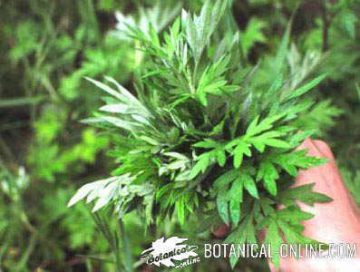
Harvesting mugwort
The whole plant gives off a very powerful and strong smell, especially when its leaves are rubbed. This aroma does not like everyone, some describe it as nauseating, and on the other hand, other people are captivated by its intoxicating persistence, which sometimes reminds them of chrysanthemums, belonging to the same Asteraceae family.
Possible confusions of the plant
Do not confuse the plant with the aconite or wolfsbane (Aconitum napellus), the most poisonous plant in Europe !!! Confusion is more likely when the plant is not yet flowering.
Composition of mugwort
It is known that the plant contains:
- Essential oil (0.03-0.3% or 1-2%): The content can vary both quantitatively and qualitatively depending on the type of crop and the origin of the plant. In general, the main components are: 1,8 cineole, camphor, linalol, thujone, 4-terpineol, borneol, alpha-cadinol, spatulenol and various monoterpenes.
- Sesquiterpene lactones: Vulgarin, psilostaquiin.
- Heterosides of flavanols: Routine.
- Tannins
- Coumarins: Esculetina, esculin, umbelliferone, scopoletin, coumarin.
- Other components: Fiber, beta carotenes, polyacetylenes, triterpenes, sitosterol, stigmasterol.
Is mugwort harmful because of its content in thujone?
The characteristic smell and taste of mugwort is given by a substance called thujone. In addition to this substance, the essential oil of the plant also contains camphor and cineole (the smell of eucalyptus). In fact, the scent of mugwort evokes a certain sweet camphor smell.
The thujone content of mugwort can cast doubt on its benefits, because pure thujone is considered a toxic substance for the liver and nervous system and, in case of overdose, its use can have bad consequences. However, the content of thujone and cineole in mugwort is negligible (only in a proportion of 0.1%) and therefore it is not considered a toxic plant, but is one of the medicinal plants with the most tradition and history. However, like all medicine, it must be administered appropriately.
- Experts do not recommend performing treatments with this plant for more than 10 days in a row, due to its thujone content.
Its components and the balanced proportion of them have made it a historically highly appreciated and used medicinal plant. Apart from those two essential oils, mugwort contains other components that make it a suitable edible and medicinal plant.
![]() More information on mugwort
More information on mugwort

